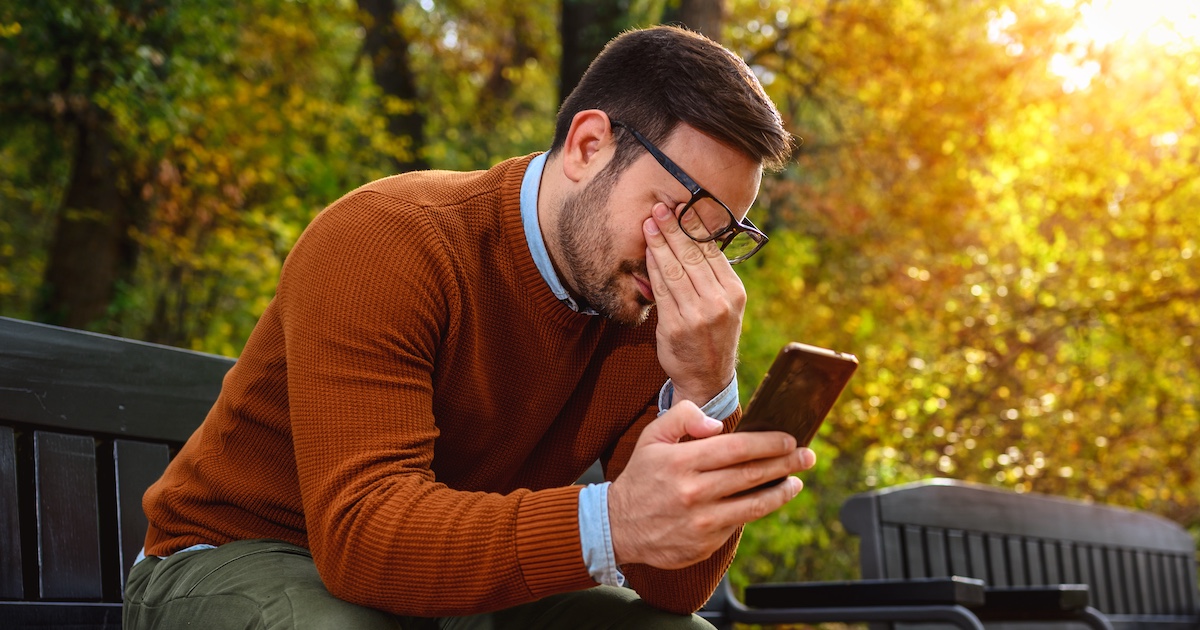
Ever wonder why you feel more down and tired as the leaves begin to fall?
You’re not alone, nearly 40% of Americans experience a mood decline during the fall and about one-third report sleeping more, according to a recent poll. This number is even higher in northern states like Pennsylvania due to shorter daylight hours and colder weather.
Don’t let fall fatigue get in the way of your fall fun. Read on to learn the causes of fall fatigue, how to overcome it and when it may be more than just being tired.
Fall fatigue is the feeling of persistent tiredness and low energy that many people experience as the season changes from summer to autumn. It’s a common phenomenon linked to fewer daylight hours, which can affect your mood and energy levels due to changes in serotonin and melatonin production. These help regulate your mood and circadian rhythm.
Can daylight saving time affect fall fatigue?
Yes, even though we technically gain an hour of sleep, it can still affect your body’s internal clock.
Sleep fatigue in the fall can be due to a variety of reasons:
Here are some tips to help you combat fatigue this fall:
There’s a big difference between the usual October slump and seasonal affective disorder (SAD). Both follow a seasonal pattern, but the October slump is a non-clinical diagnosis while SAD is a diagnosable form of depression. The October slump may go away on its own or with small lifestyle changes while people with SAD should seek professional help.
SAD affects about 10 million Americans and typically occurs from fall through early spring. Symptoms of SAD are severe enough to significantly impact your daily life and include:
While it’s normal to feel more tired in the fall, seek professional help if you are consistently sleeping more than 8 hours per night or have symptoms that are negatively impacting your daily life. People who suffer from depression are most likely to experience changes at this time of year.
If you are not feeling your best this fall, walk in or schedule an appointment at your nearest vybe location for a clinical evaluation. Our team can provide a diagnosis and treatment plan to get you back to feeling your best. vybe is open 7 days a week with extended hours at all of our convenient locations.
FIND YOUR VYBE